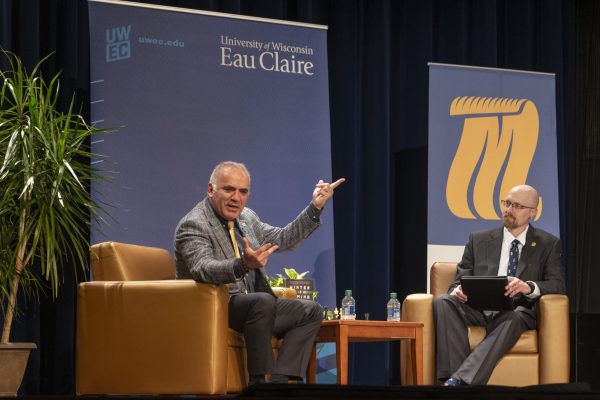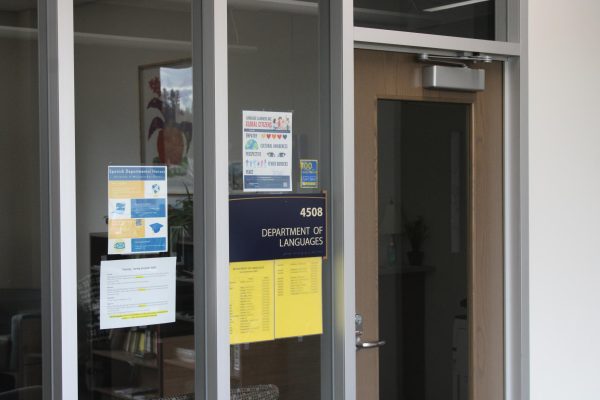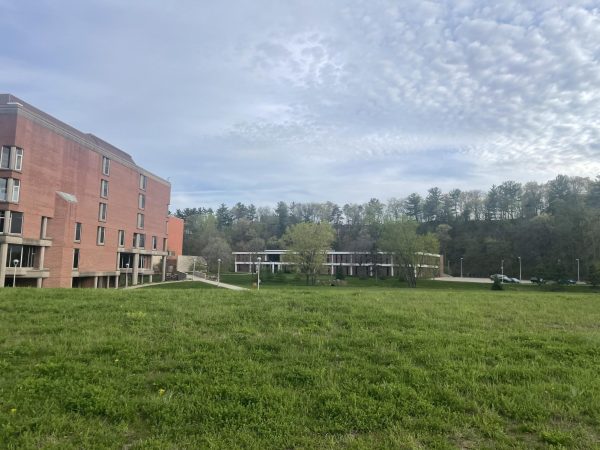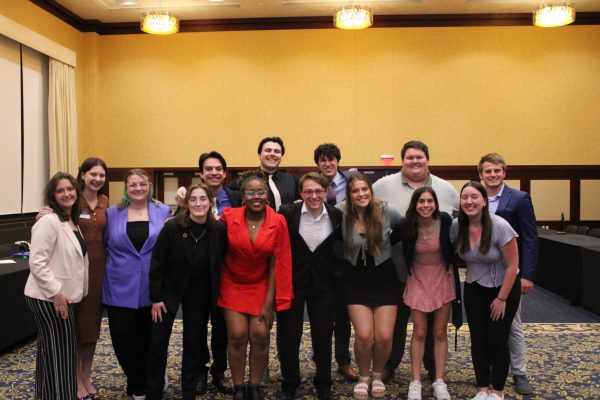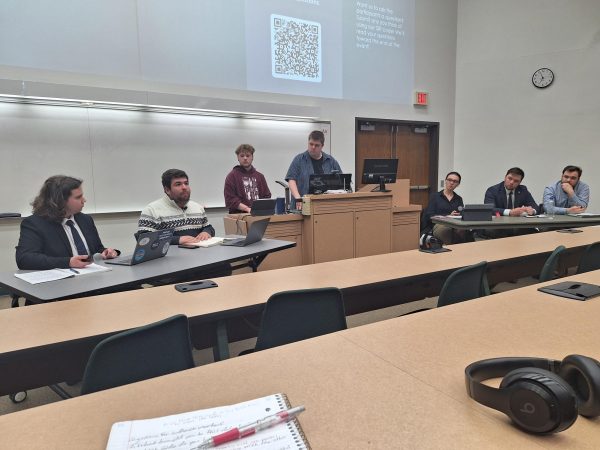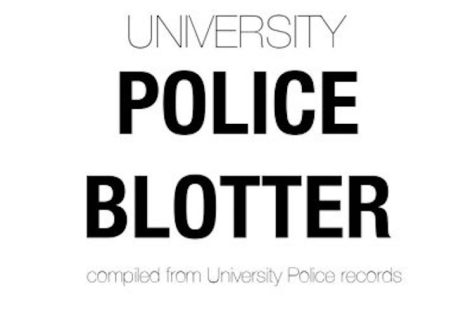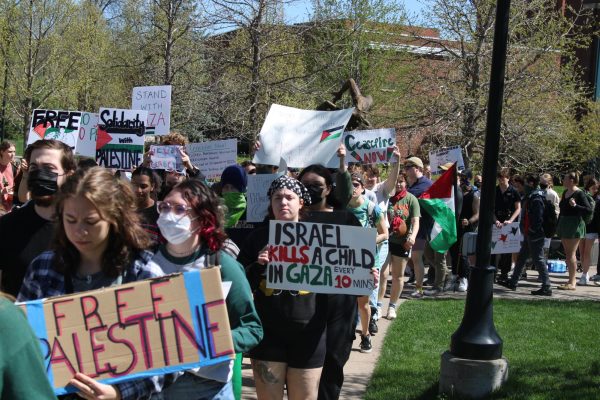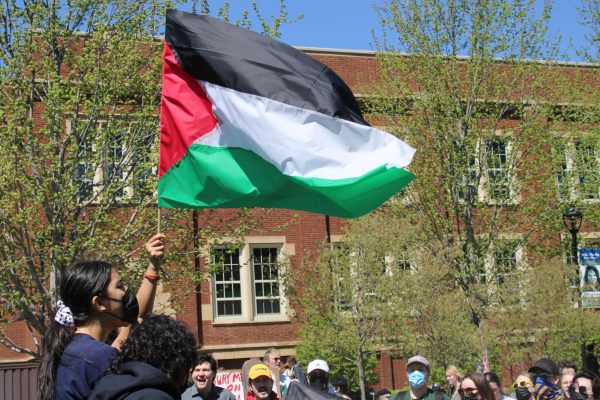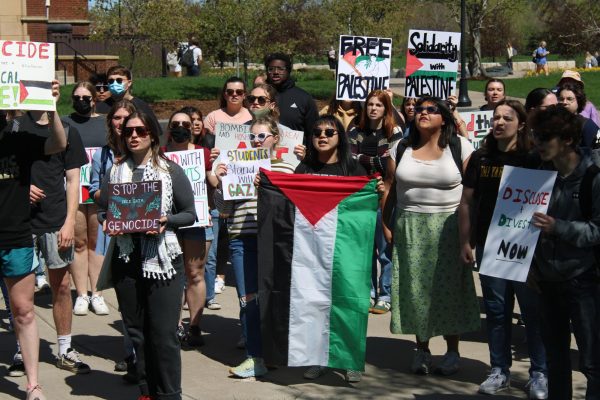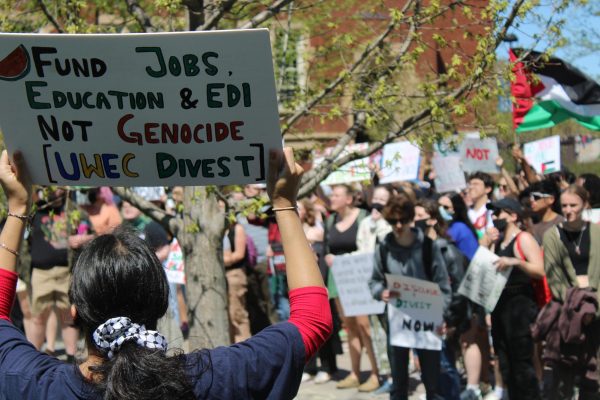Memories in focus: stories about why we are how we are
A sophomore shares her experience with heart disease
More stories from Elizabeth Gosling
Scars can’t be covered up for long.
“What’s that?” a stranger asked at the grocery store. “I’m so sorry for you,” a passerby said at the mall.
At 19 years old University of Wisconsin-Eau Claire sophomore Sydney Halley has experienced open heart surgery three times and said she’s heard a lot of comments like these. The scars are the result of Congenital Heart Disease, which Halley was diagnosed with at birth.
Halley’s CHD didn’t appear out of nowhere — multiple types of CHD are present in Halley’s family history. Before she was born, her parents had her tested for CHD, but medical staff didn’t find anything. Once born, Halley’s blue-tinted skin hinted at low oxygen levels, which led to her diagnosis of one of the most common types of CHD: Tetralogy of Fallot.
Tetralogy of Fallot involves anatomical abnormalities of the heart, and is the cause of Halley’s three surgeries. Halley said her heart’s pulmonary valve has been replaced twice — once with a pig valve when she was 10 years old and again with a cadaver valve when she was 15. All operations took place at the Children’s Hospital of Minnesota in Minneapolis, where she said she met one of her role models, Dr. Singh.
Halley said Dr. Singh, her cardiologist, cared about who she was as a person and always remembered her family.
“He knew me,” Halley said.
Halley said growing up with CHD has shaped her life, especially in her choice to pursue the healthcare profession. Beyond his role as Halley’s cardiologist, Halley said Singh put faith in her by asking her to talk to families of children with Tetralogy of Fallot. She said Singh gave her the courage she needed to enter the world of healthcare — her fear of needles won’t stop her from taking the nursing and pre-med route at UW-Eau Claire.
Halley also helps out at the Children’s Hospital of Minnesota by participating in Heartbeat 5000 Run/Walk in St. Paul. She takes part in Go Red Day in February, and personally advocates for heart health, CHD awareness and cancer research.
Aside from her experience with Dr. Singh at the Children’s Hospital of Minnesota, Halley found a sense of courage and community at Camp Odayin.
Halley attended the camp for kids with heart disease for nine years, and she said the time went by quickly. Because of camp, Halley said she isn’t afraid of exposing the scar on her chest from her heart surgeries, and is not afraid of being herself
“Camp has had the biggest influence on my life,” Halley said.
This disease has brought Halley together with many other people with heart problems, she said, and has been an important influence in her life. CHD affects every one in 100 people. That means in a small residence hall alone, there are probably two people with CHD. It can be more common than cancer, in some cases.
Having this condition does not run her life, Halley said, but it generously impacts her. She said life would be very different if she didn’t have a heart condition — she wouldn’t be so fatigued from physical activity and wouldn’t be aware of CHD. However, she wouldn’t be going down her chosen career path.
“I wouldn’t be going into the medical profession,” she said.
There is no cure for Tetralogy of Fallot, but if someone offered to take Halley’s defect away, she said she would not agree to.
Halley said she has met people from all over the United States with heart diseases and they are some of her closest friends. Along with her family and best friend, Taylor, she considers these people some of her biggest supporters during surgery. She still leads a “normal life,” and always has people beside her, she said.
Every year, Halley has an appointment with the cardiologist to examine her heart. This year, she said her heart is looking healthy and shows no signs of surgery needs in the near future.

